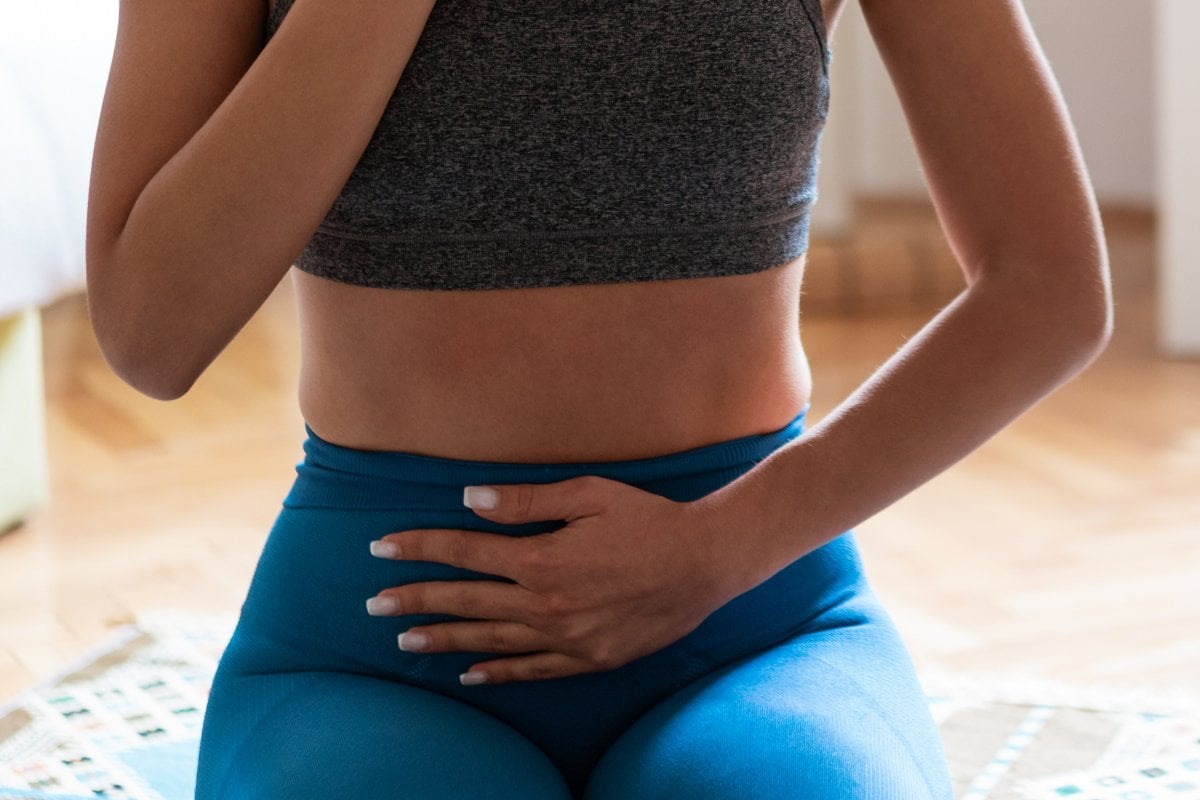
If you're anything like us, exercising is the absolute last thing you want to do when you're on your period.
Sit on the sofa and eat tasty things? Yes. Watch comfy TV shows you've seen 322 times? Big yes. Smash out a HIIT class? Hard no.
Not once have we ever connected monthly bleeding to anything else other than uncomfy, just-gotta-get-through-it feelings.
But here's the thing: Not only can exercising during your period help ease annoying symptoms (hey stabby period pain), but it could also actually help you score that PB. No, seriously!
According to science, women are stronger, more motivated, and more of a bad a$$ when they're menstruating.
Watch: Introducing Move by Mamamia. Post continues below.
But exactly how does your period affect your physical endeavours? And why isn't this something we didn't already know?
All good questions.
We spoke to a doctor, a personal trainer, and a sports nutritionist and asked them everything we need to know about the way our menstrual cycle affects our energy levels, and how we can use it to our advantage.
The relationship between exercise and your period.
Up until now, there's pretty much been a gaping lack of evidence in relation to menstruation and physical exercise. In fact, menstruation, in general, is still quite an understudied area.




























































































